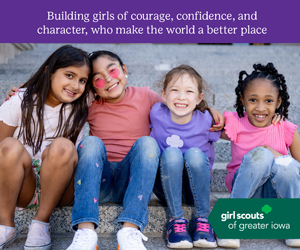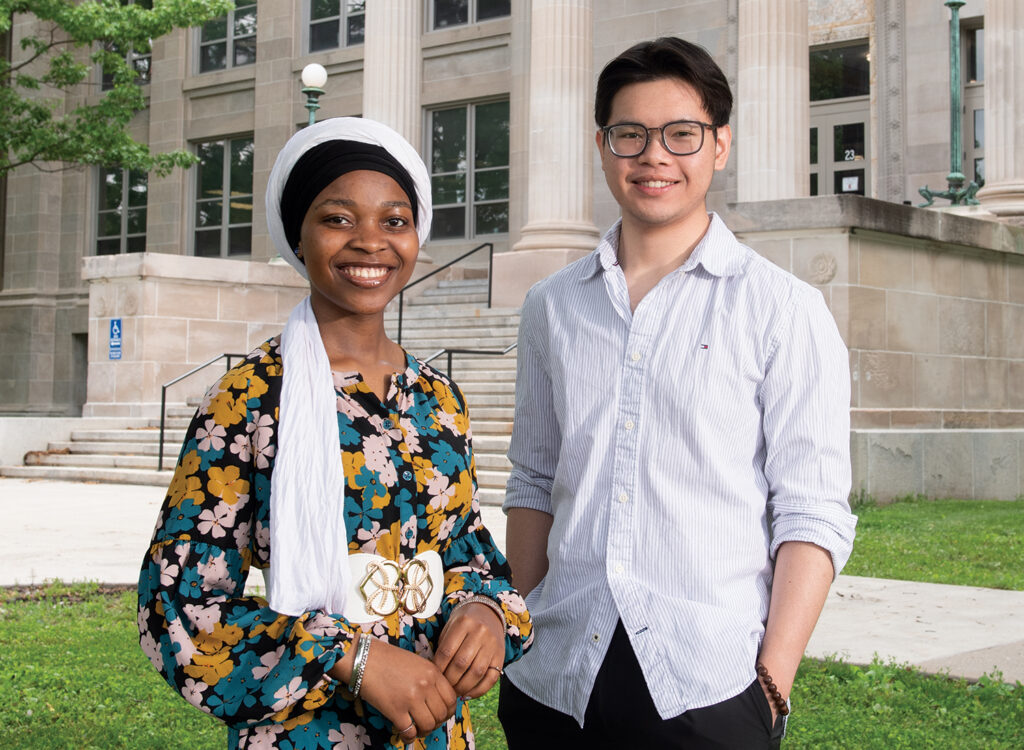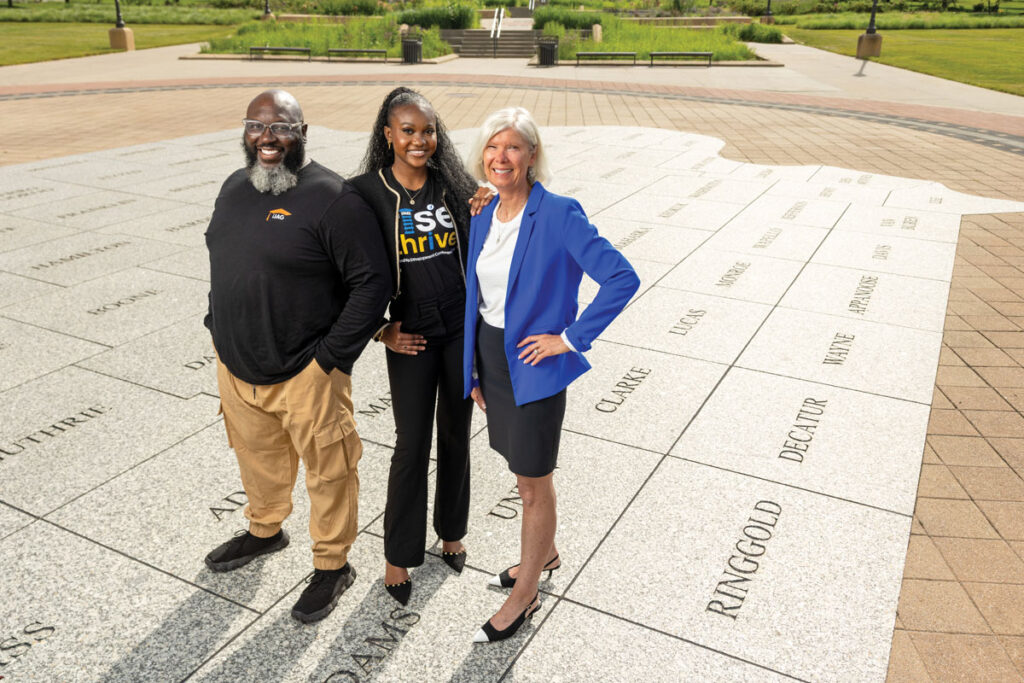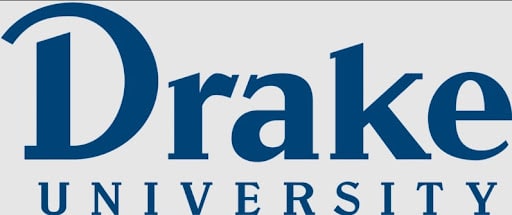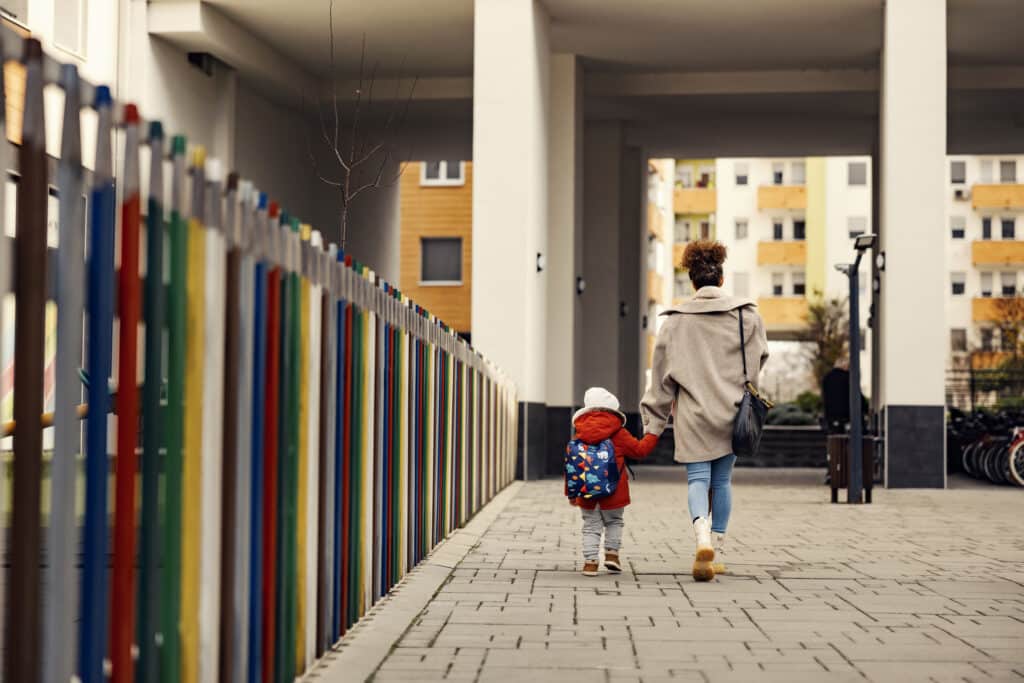A Closer Look: Tony Timm
CEO, Boys & Girls Club of Central Iowa

Tony Timm was once the “not-so-good-kid” growing up in the small eastern Iowa town of Tipton. He recalls the time that he took some of his mother’s Avon cosmetics samples and handed them out to the girls in fourth grade. And then there was the time that he stole a silver dollar from his dad’s coin collection and spent it on ice cream at the Dairy Queen. He was quickly discovered after the shop owner, a friend of his dad, called Timm’s father to ask him if he wanted his silver dollar back. But the adults in his life never gave up on him, which led him to find opportunities to give back by working with nonprofit organizations. Timm, who was recently named CEO of the Boys & Girls Club of Central Iowa, has more than 20 years of experience in the nonprofit sector. Most recently, he was executive director of Children & Family Urban Movement. Timm’s experience includes government positions and health care, including positions with AmeriHealth Caritas Iowa, Central Iowa Shelter & Services and the Windsor Heights City Council. With seven club sites across Greater Des Moines, the nonprofit serves more than 2,600 youths in grades kindergarten through 12.
What originally brought you to Central Iowa?
Growing up, I was the oldest of three. When my younger sister was just 20 months old she was diagnosed with stage IV neuroblastoma — a tumor behind her right lung. So quickly we were the family in Tipton that had a kid with cancer. So I was in third, fourth, fifth grade, where there was a lot going on, and everybody would ask about our sister and how she was doing. My brother and I got bounced around to whoever could take us because my mom and dad were either at work or at the hospital for three weeks out of every month for Alicia to get chemo. It wasn’t until I got involved with what was called the Heart Connection — today, it’s called Children’s Cancer Connection — where my brother and I went to a camp for siblings of kids facing life-threatening illnesses. … At an early age that kind of put life in perspective that it wasn’t nearly as horrible for us as it was for others. … Growing up in the program, I began to volunteer for [Children’s Cancer Connection] and then coming out of college, I went to work there for 11 years.
Having led other nonprofits, how would you assess the status of Boys & Girls Club of Central Iowa right now?
This is probably the largest organization, from a budget standpoint, to date that I’ll be running. I think that they’re well grounded, and they’ve done a lot of great work, and they have a good name in our community. I think there’s always room for growth, though — and opportunity as we look forward. How do we best serve those in our community to make sure that they have those opportunities? That’s going to take getting investors to believe in our mission with us, and us providing quality programming and access, and staying true to making sure that we’re focused on what the youth need to move forward.
Are there any particular programs that you see a lot of potential for growth or further development?
That’s probably going to be a little trickier for me to answer right now. I think the bigger picture, the real focus for us is coming out of COVID. And you know, of course, with kids coming back to school … full time, how do we safely transition to that quality program after school, ensure safety, and provide a place for kids to be when their moms and dads are working? … I would anticipate that [since] kids like excitement, they like where their friends are, and so as they go to school and see their friends going to clubs, they’re going to want to come.
How do you see your role as a leader?
I’ve always approached it from a standpoint that we’re one entire team, right? Either we’ll be successful together, or we’re going to fail together. Because if one department isn’t where it needs to be, it doesn’t do us any good to go out and raise a ton of money if we don’t have quality programs to invest in and it doesn’t do any good for us to have such quality programs that we can’t deliver because we don’t have money. So it’s a give-and-take [situation]. I think it’s important that all of our departments feel like there’s cross communication, that we all have the same information, we all hold ourselves accountable. And I expect the leadership team here to hold me accountable. If I say something wrong or do something wrong, I need to be called out just like everybody else because that’s the only way we’re going to learn.
As we move past the pandemic, are there any other particular challenges that you see in your first year leading the organization?
I think 2021 is going to be a difficult year yet. There’s still a lot of unknowns. We had high hopes for a fast-paced vaccine rollout, and we’ve seen a few glitches and so that’s going to take a little longer. I think certain aspects of our economy are going to take a little longer to recover, making questionable just how much support there will be in the corporate and foundation side in the world. Individuals definitely have been affected with potential layoffs and downsizing and restructuring, and so I think there’s a lot to be concerned about. At the same time, I do think there’s a lot of optimism, right? … We’re in it for the long haul; we’ll navigate each challenge that comes this year. We’ll figure out ways to be creative, whether that’s online programming or in person. And we’ll keep delivering strong programs for our kids.
Because you were named a Forty Under 40 in 2006, we know some fun things about you. Do you still shoot off professional fireworks displays?
I haven’t done a show in quite a while, but at one point I was licensed with a fireworks display company here in Iowa to shoot off fireworks. That’s quite an adrenaline rush when those big ones go off.
And are you still a competitive darts player?
Yeah — I took a couple of years off, but I’m back in, so we play weekly. Actually, it’s transitioned to remotely, so the teams that we play now are in other states. We don’t even see the people that we play here locally.
Tell me about your family.
My wife and I have been married 21 years. Last year, we were supposed to celebrate our 20th anniversary in Hawaii. And of course, because of COVID that’s been pushed back, and we’re seeing if we’re going to get to go this year, or maybe we’ll be celebrating our 30th sometime in the future. We have two kids. Charlie is our oldest. He’s a freshman at Roosevelt. Sophia is our youngest and she’s a fifth grader at the Downtown School. And then our dog, Liberty, about a 100-pound golden Lab.
Do you enjoy reading, and do you have any favorite books you’ve read recently?
I try to read books that are either going to help me personally figure out how to better myself or how to better the team. I recently read one that talked about the opioid epidemic that we created, and all of the downfalls in small communities across the country, and how that really came to life and how bad it got before we started paying attention. And actually, there’s this guy named Jim Cain, he’s out on the East Coast and he does a lot with youth programming. I actually got to participate in an article [in a book] published with him about online learning and what we learned with youth trying to navigate that world last year. So I finally get to say that I’m published. [The book: “The Learning Curve: Navigating the Transition from Facilitating in the Real World to Facilitating in a Virtual One” by Jim Cain.


